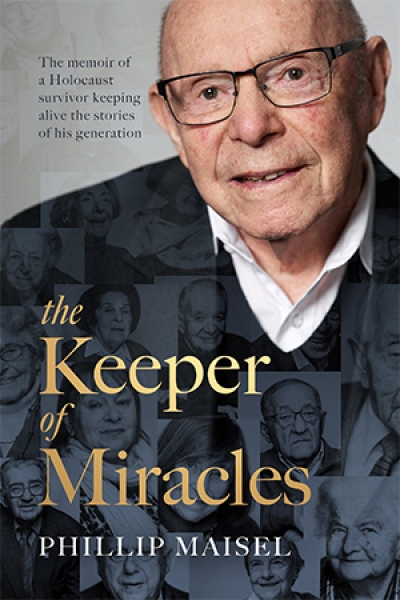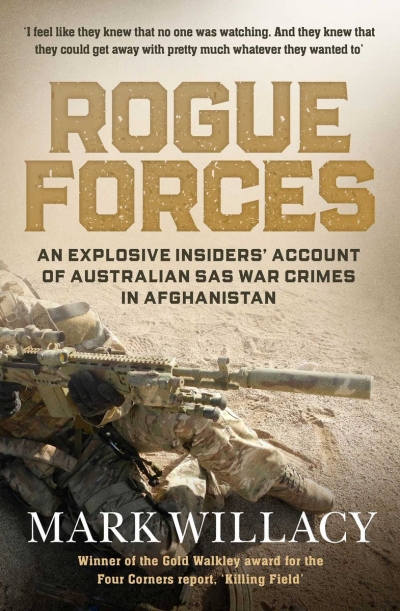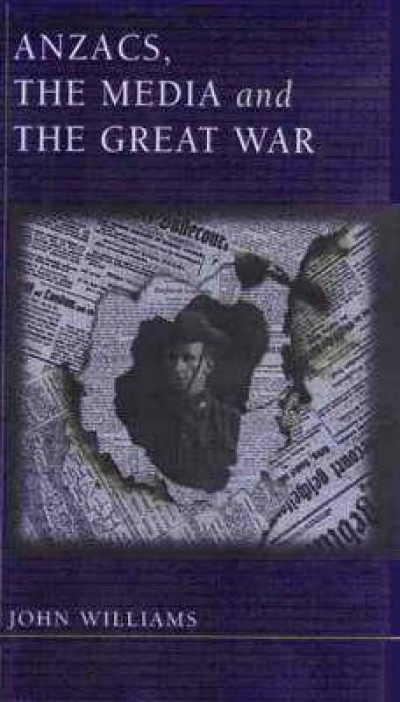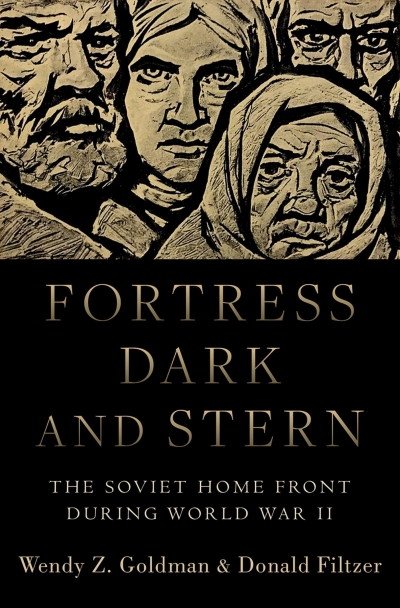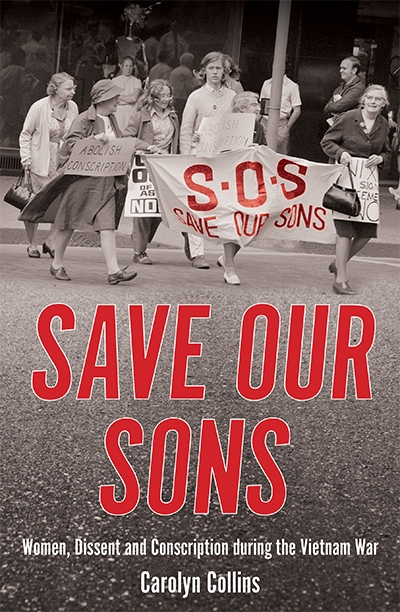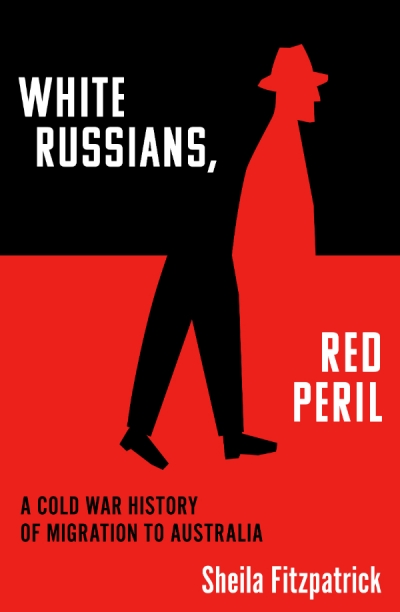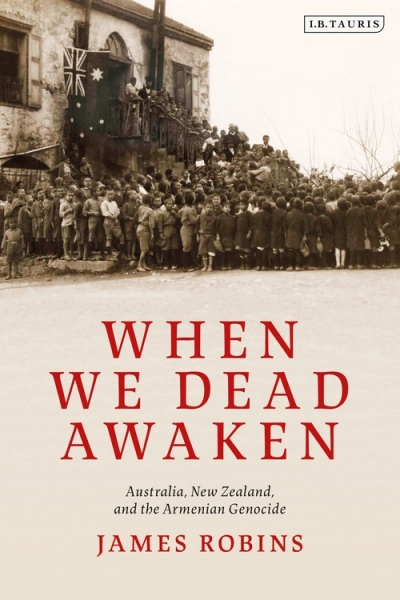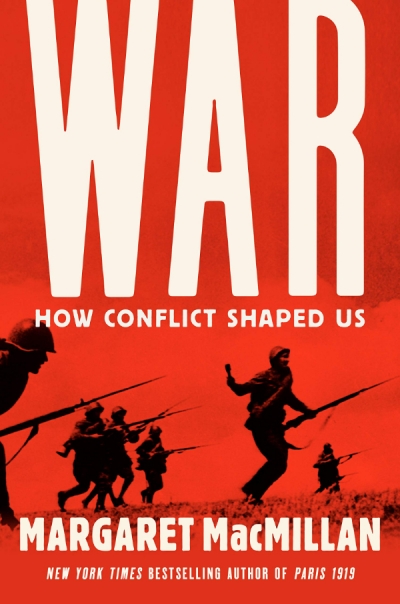War
Rogue Forces: An explosive insiders’ account of Australian SAS war crimes in Afghanistan by Mark Willacy
by Kevin Foster •
Fortress Dark and Stern: The Soviet home front during World War II by Wendy Z. Goldman and Donald Filtzer
by Sheila Fitzpatrick •
The War Lords and the Gallipoli Disaster: How globalized trade led Britain to its worst defeat of the First World War by Nicholas A. Lambert
by Joan Beaumont •
Save Our Sons: Women, dissent and conscription in the Vietnam War by Carolyn Collins
by Michelle Arrow •
The Battlefield of Imperishable Memory: Passchendaele and the Anzac Legend by Matthew Haultain-Gall
by Robin Prior •
White Russians, Red Peril: A Cold War history of migration to Australia by Sheila Fitzpatrick
by Stuart Macintyre •

